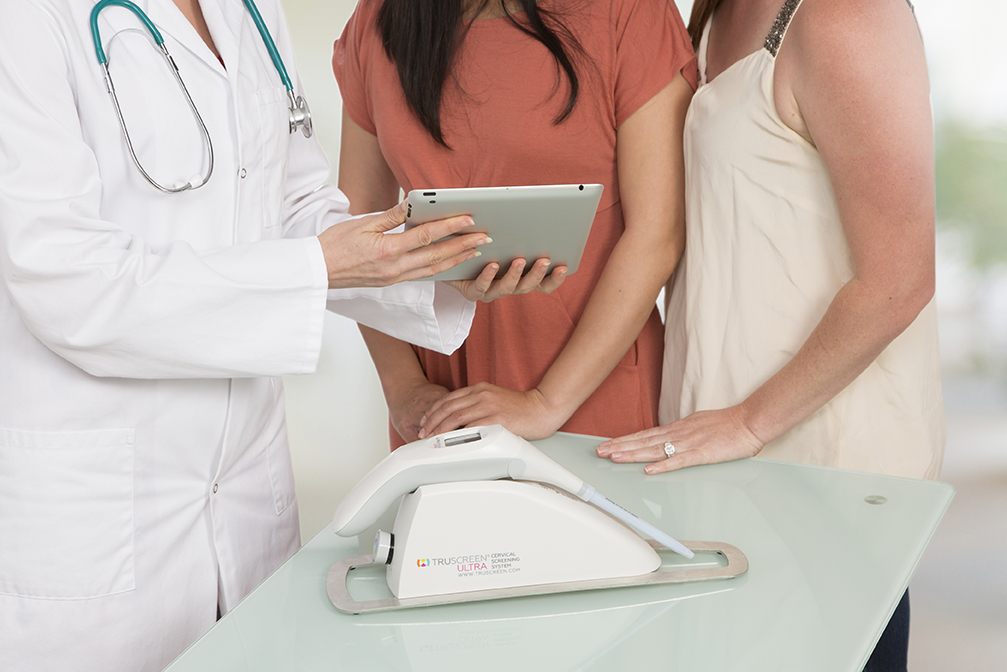TruScreen, the NZAX-listed cervical cancer test developer, widened its annual loss on increased costs but said it expects revenue to grow “significantly faster” than expenses in the current financial year.
The Auckland-based company reported a net loss of $3.5 million in the year ended March 31, compared to a loss $1.3 million a year earlier.
Sales revenue increased 24 percent to $585,388 as it lifted production of its second generation TruScreen² device in April 2016, and from initial sales into global markets including Mexico, Hong Kong, Vietnam, Turkey, Ukraine, Jordan, Kazakhstan and Poland.
The company said research and development costs increased to $1.2 million versus $171,959 in the prior year, primarily due to a change in the accounting treatment of development costs for the new TruScreen² device which are no longer capitalised as the product is now commercially available. In addition, further work was done on the development and testing of the algorithm and further improvements to both the TruScreen² device and software following beta testing.
TruScreen’s test uses a digital wand, which is placed on the surface of the cervix, to measure electrical and optical signals from the surrounding tissue and can operate outside the traditional laboratory infrastructure to give immediate test results. The patient’s results are then compared to an extensive database of thousands of patients across a wide geographic and ethnic background, with TruScreen’s algorithm framework distinguishing between normal and abnormal tissue and providing immediate results.
It noted the algorithm improvement programme was a major focus for TruScreen during the 2017 financial year. External clinical evaluation is planned this year, prior to its release to market.
Looking ahead, it said sales are expected to pick up as regulatory, import and public sector approvals are received for TruScreen² and new markets come online. It inked several new distribution agreements in the 2017 financial year, including in the European Union, the Middle East, Central Asia and Latin America. Initial sales are expected to commence in this financial year, it said.
China remains an important commercial market for TruScreen, with more than 100 hospitals, including large military hospitals, now in commercial use or trialling the TruScreen technology. The company is involved in three large screening programmes in China, with more than 40,000 women screened so far and screening is expected to accelerate once TruScreen² is introduced. A full launch will commence once the CFDA (China Food and Drug Administration) upgrade approval is granted, something it said is expected in the third quarter of this calendar year.
It is also engaging with health officials from several other countries. A government evaluation has commenced in Mexico and a decision is expected in the third quarter of this year. In India, in addition to commercial agreements with Mumbai-based Khandelwal Laboratories Pvt, it is talking with the government about a longer term, large-scale government screening opportunity, the company said.
As at March 31, TruScreen had cash and cash equivalents of $3.7 million versus $2.3 million in the prior year, including new funds raised as a result of a successful $4.09 million private placement in March. An additional $897,500 was raised through a share purchase plan since year end, delivering a total of $4.99 million of funds raised with the new capital being used to fund sales and marketing initiatives, expand manufacturing capabilities and invest in continuing improvement of the technology.
The shares rose 6.3 percent after the result to 17 cents, but are down 35 percent on the year.
